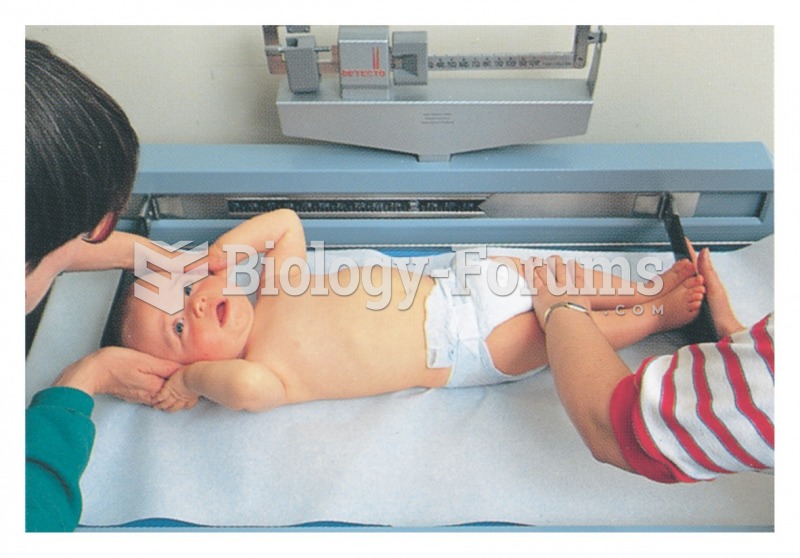Answer to Question 1
B
Feedback
A Incorrect. The nurse's best response would not be Yes, prevention of SIDS is extremely important and the side-lying or supine position is currently recommended.
B Correct. The nurse's best response would be Currently the prone or head-elevated prone position is recommended for GER, and with the elimination of puffy bedding from the crib you can decrease chances of SIDS. The American Academy of Pediatrics recommends that infants be placed supine or side-lying for sleep to minimize the risk for SIDS. However, infants with GER are exempt.
C Incorrect. The nurse's best response would not be The side-lying or supine position will work just fine as long as you elevate the head of the bed so that the infant is sleeping nearly sitting up.
D Incorrect. The nurse's best response would not be SIDS is something you cannot really protect against for certain, so get some baby monitors and let your baby seek whatever position is most comfortable.
Answer to Question 2
D
Feedback
A Incorrect. Giving small, frequent feedings is not the best intervention for the nurse to recommend to the caregiver. This recommendation can cause additional stress on caregivers. Therefore, they need to know that higher volume and less frequent feedings can be tolerated as the infant grows.
B Incorrect. Feeding the infant with the infant's body in a horizontal position is not the best intervention for the nurse to recommend. The infant should be fed with the head elevated to minimize reflux.
C Incorrect. Holding the baby in an upright position for an hour after feedings is not a reasonable recommendation. If the health care provider has recommended the head elevated prone position after feedings, this position can be achieved by using a wedge, sling, harness, and towel rolls.
D Correct. Thickening the formula with a little rice cereal is the best intervention for the nurse to recommend to the caregiver. This increases the consistency and retention, and supplies the needed calories for the infant who vomits frequently.







